- 路 Microwave
- 路 Atmospheric Pressure Microwave 路 Pressure Microwave 路 Parallel Microwave
- 路 Ultrasonic 路Low Temperature Ultrasound
- 路 Ultraviolet Light
- 路 Microwave Heating 路 Atmospheric Pressure Synthesis 路 Atmospheric Pressure Catalysis 路 Atmospheric Pressure Extraction
- 路 Sample Preparation 路 Microwave Digestion
- 路 Soil Digestion 路 High Pressure Synthesis
- 路 Solid Phase Synthesis
- 路 Organic Synthesis
- 路 Ionic Liquid Synthesis
- 路 Degradation Of Natural Organic Matter
- 路 Natural Product Extraction / Purification
河北祥鹄科学仪器有限公司
Principle and characteristics of Microwave Sintering Technology
Microwave sintering is a new sintering technology which has been widely studied in recent years and has been widely used in metals, ceramics and composites. Aiming at the research status of microwave sintering of metal materials at home and abroad, the characteristics of microwave sintering of metal materials and some typical application examples in the field of metal materials are introduced.
Microwave sintering, which is different from the conventional heating and sintering process by which heat is transferred by conduction, radiation, convection mechanism, is the heat generated by coupling the specific wavelength band of the microwave with the basic structure of the material, The material has the characteristics of low sintering temperature, short sintering period, low energy loss, environmental protection and the like, and meets the current trend of developing the green industry through the dielectric loss of the material so that the whole material is heated to the sintering temperature to realize densification.



The microwave sintering is that the microwave energy can be converted into thermal energy by using a material and a microwave electric field or a magnetic field coupling, so that the material can be simultaneously heated both inside and outside, so that the temperature gradient inside the material is small, and the temperature gradient is not even and the internal heat stress of the material is reduced to the lowest, so that the cracking and deformation of the material during the sintering process can be effectively relieved, and the material has better mechanical property.


Compared with the traditional sintering technology, microwave sintering can significantly reduce the sintering temperature, in addition, the heating rate of microwave sintering can shorten the sintering cycle greatly. At the same time, in the microwave field, the material itself is a heat source, and the microwave energy directly interacts with the matter, avoiding contact with other parts that are used for heating but not directly involved in sintering, thus greatly reducing the energy consumption. Compared with conventional sintering, energy saving is 70% and 90%; Microwave sintering is rapid and can significantly reduce the amount of gas used in sintering atmosphere. The waste heat emission from sintering process is reduced and the waste heat is friendly to the environment.


Under the action of microwave electromagnetic energy, the material will produce a series of "microwave effects", which will increase the kinetic energy of the molecule inside the material, increase the diffusion coefficient, decrease the activation energy of sintering, speed up the sintering process and shorten the sintering period. The grain is sintered before it can grow, and the fine grain is obtained. The porosity of the material is smaller and the pore shape is more smooth than that of the traditional sintering, which makes the material have better mechanical properties. Microwave sintering can inhibit grain growth, which provides a potentially feasible and efficient method for the preparation of nanomaterials.


The dielectric properties of different materials are different, so the absorption of microwave is different, and the thermal effect in microwave field is also different. Using this point, the multiphase mixed materials can be selectively sintered. New materials can be prepared and materials with better properties can be obtained.








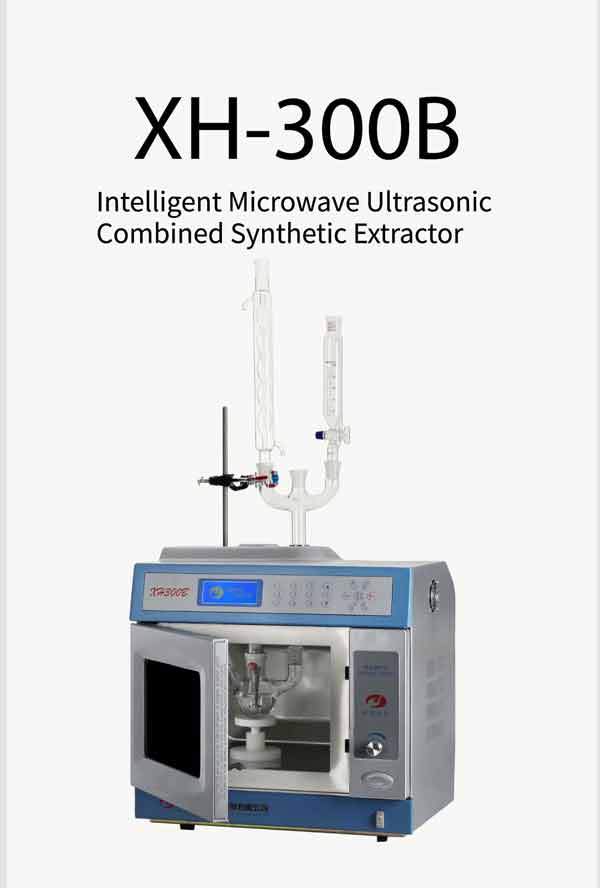

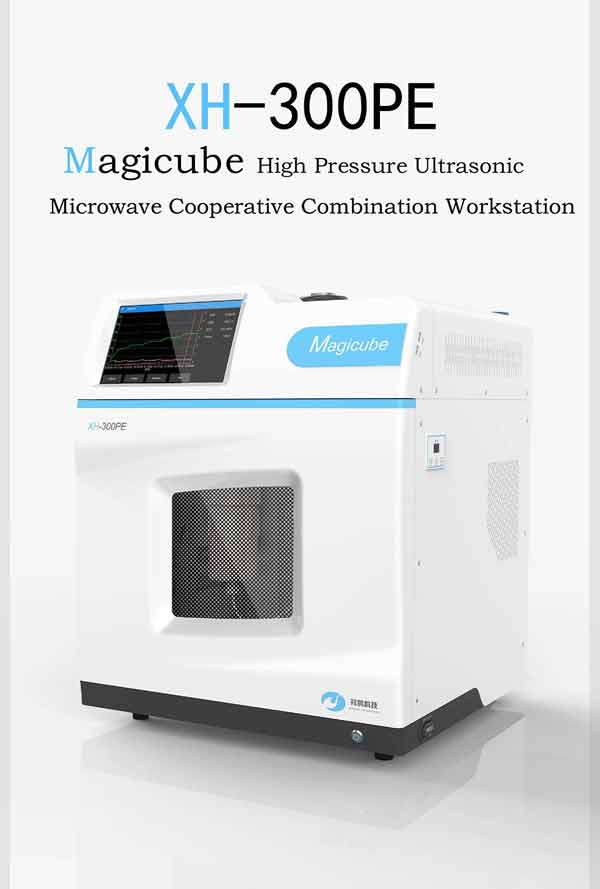
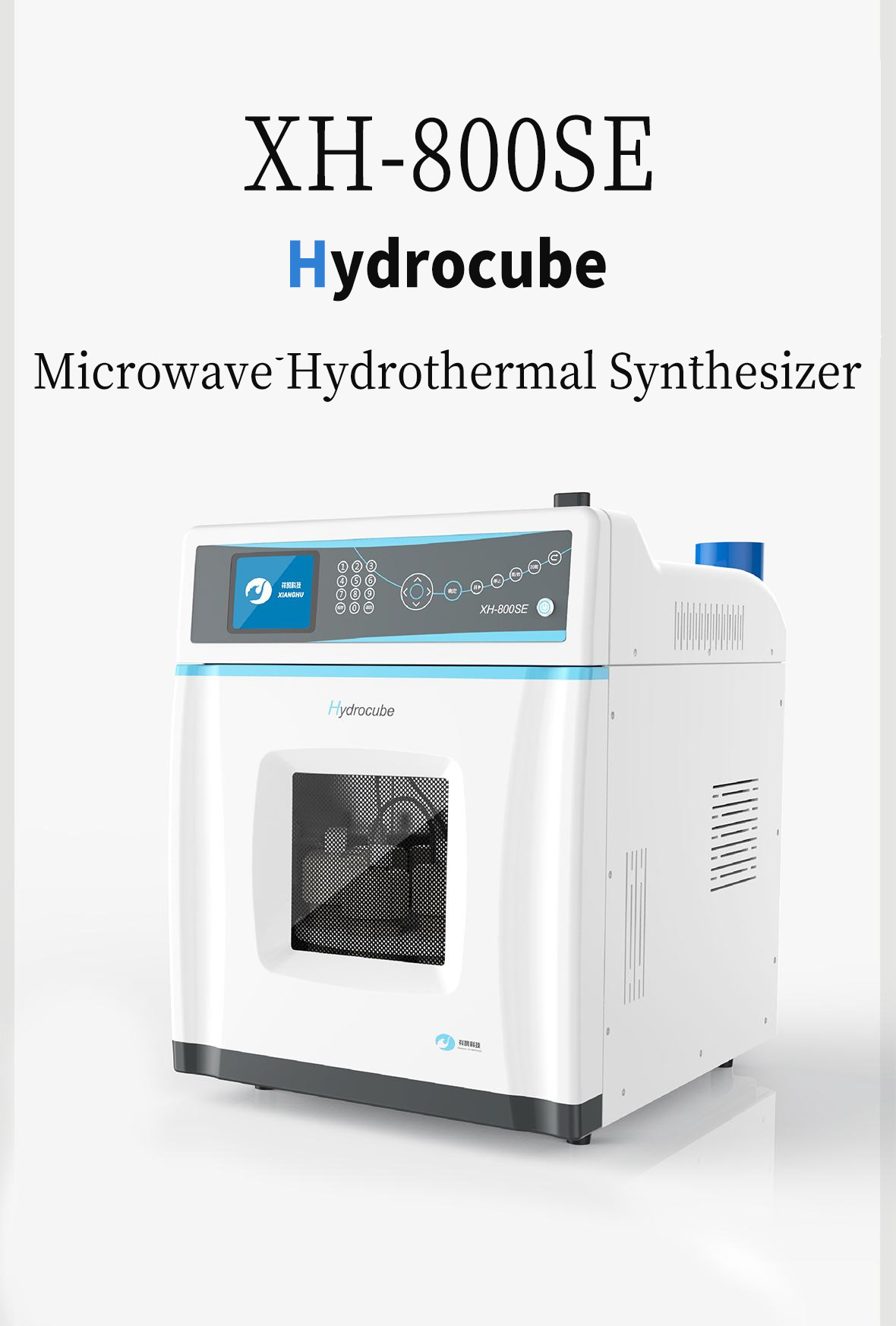
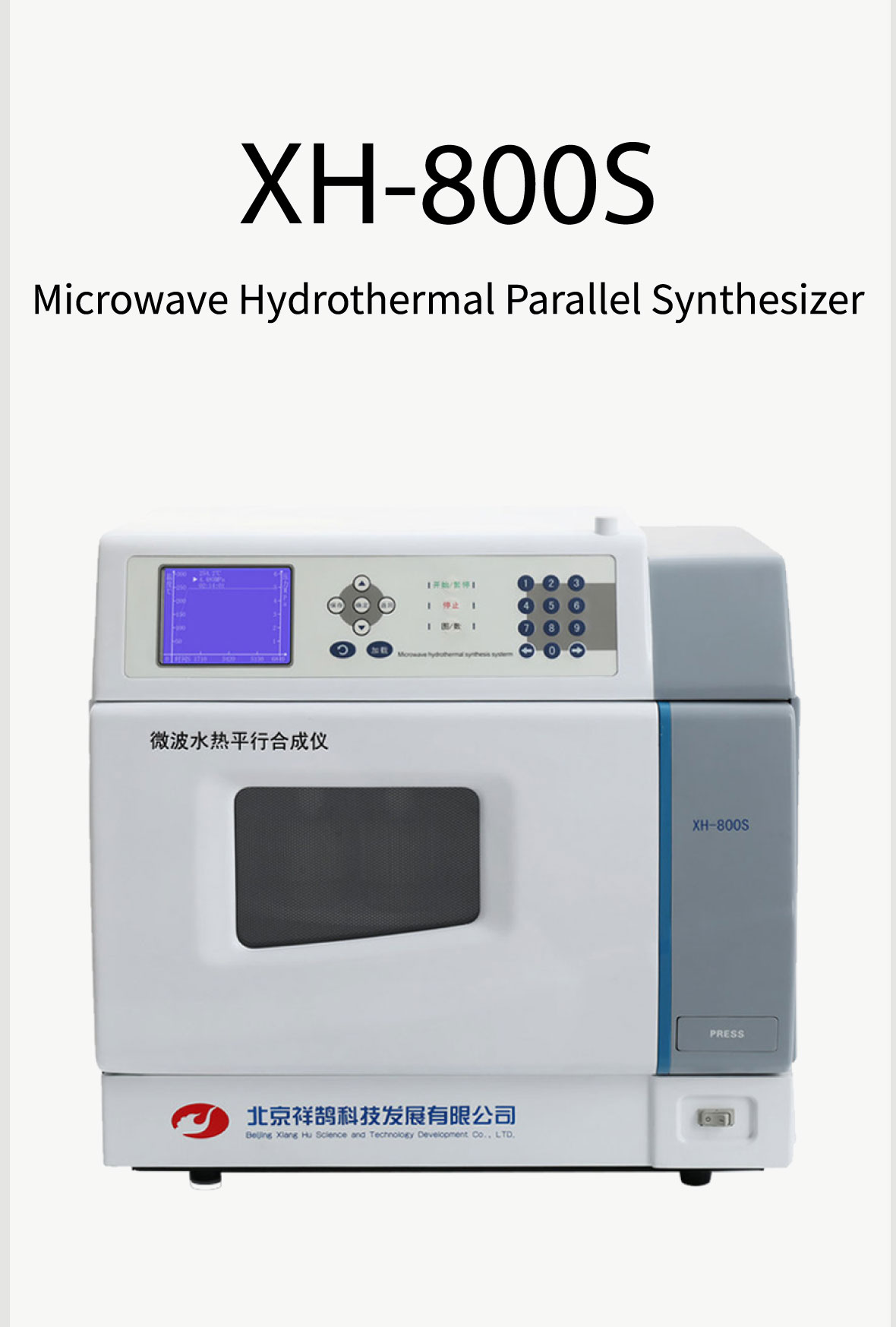
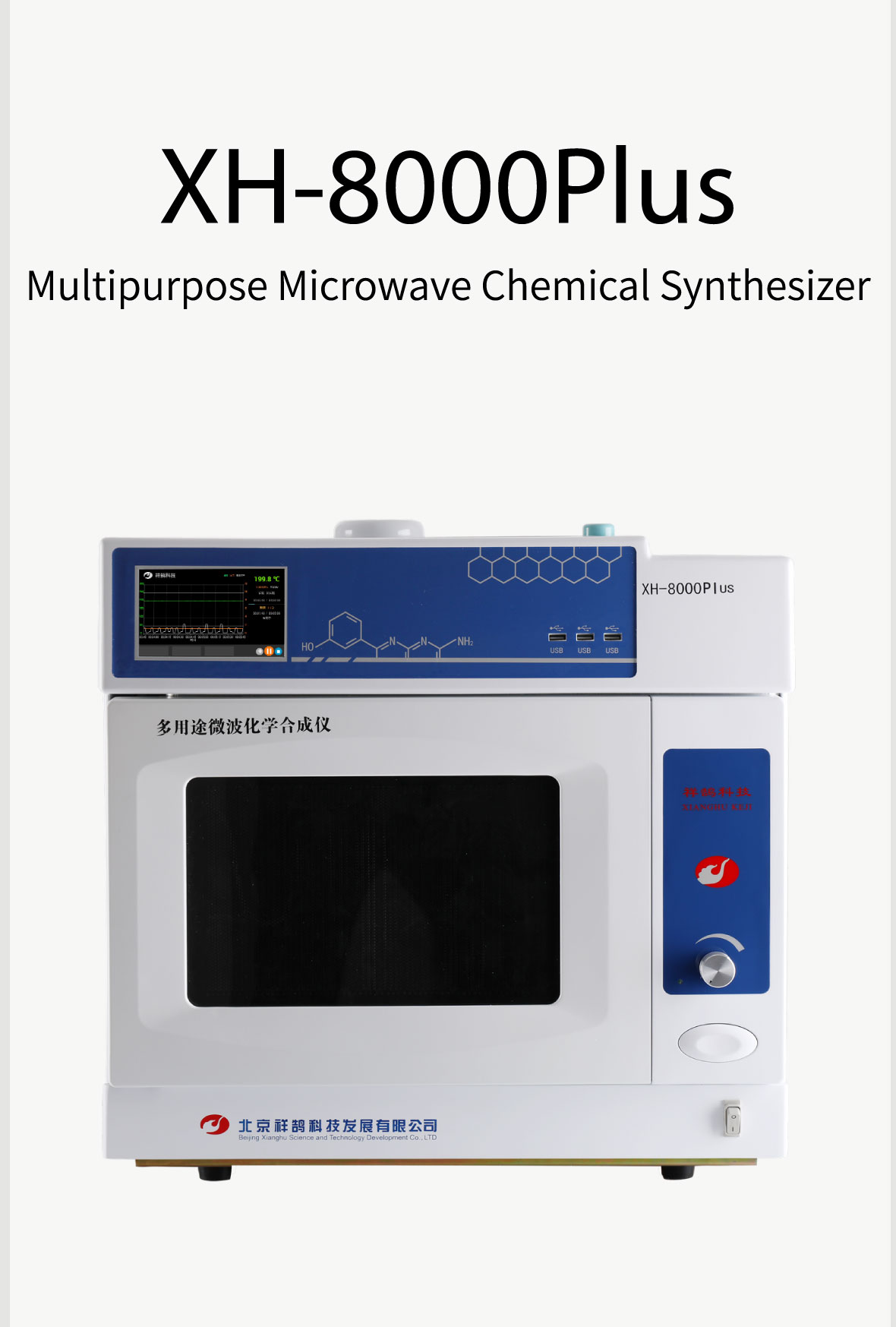
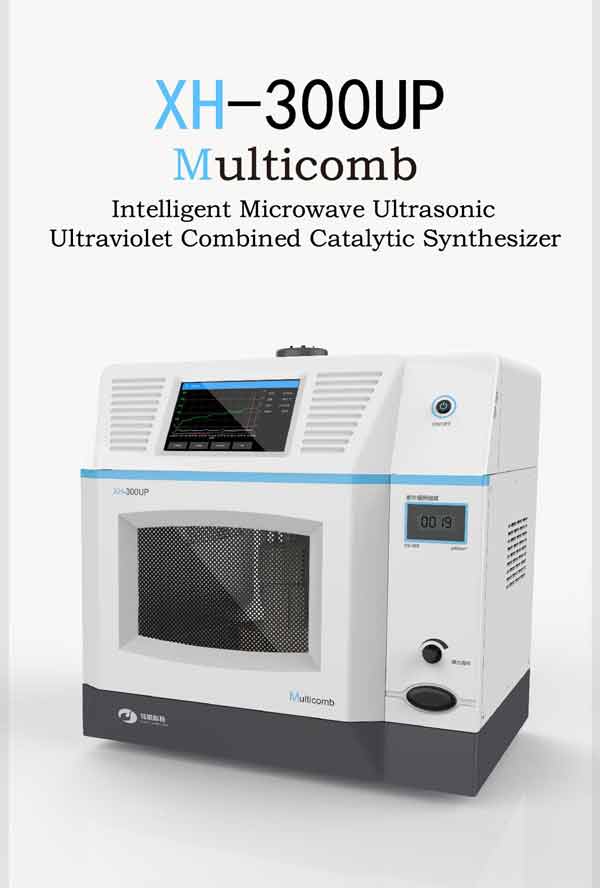
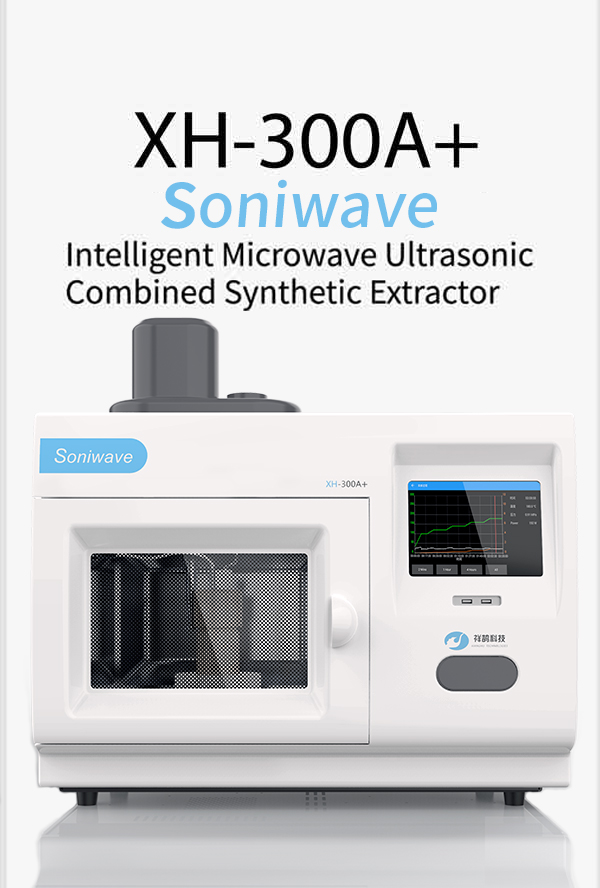

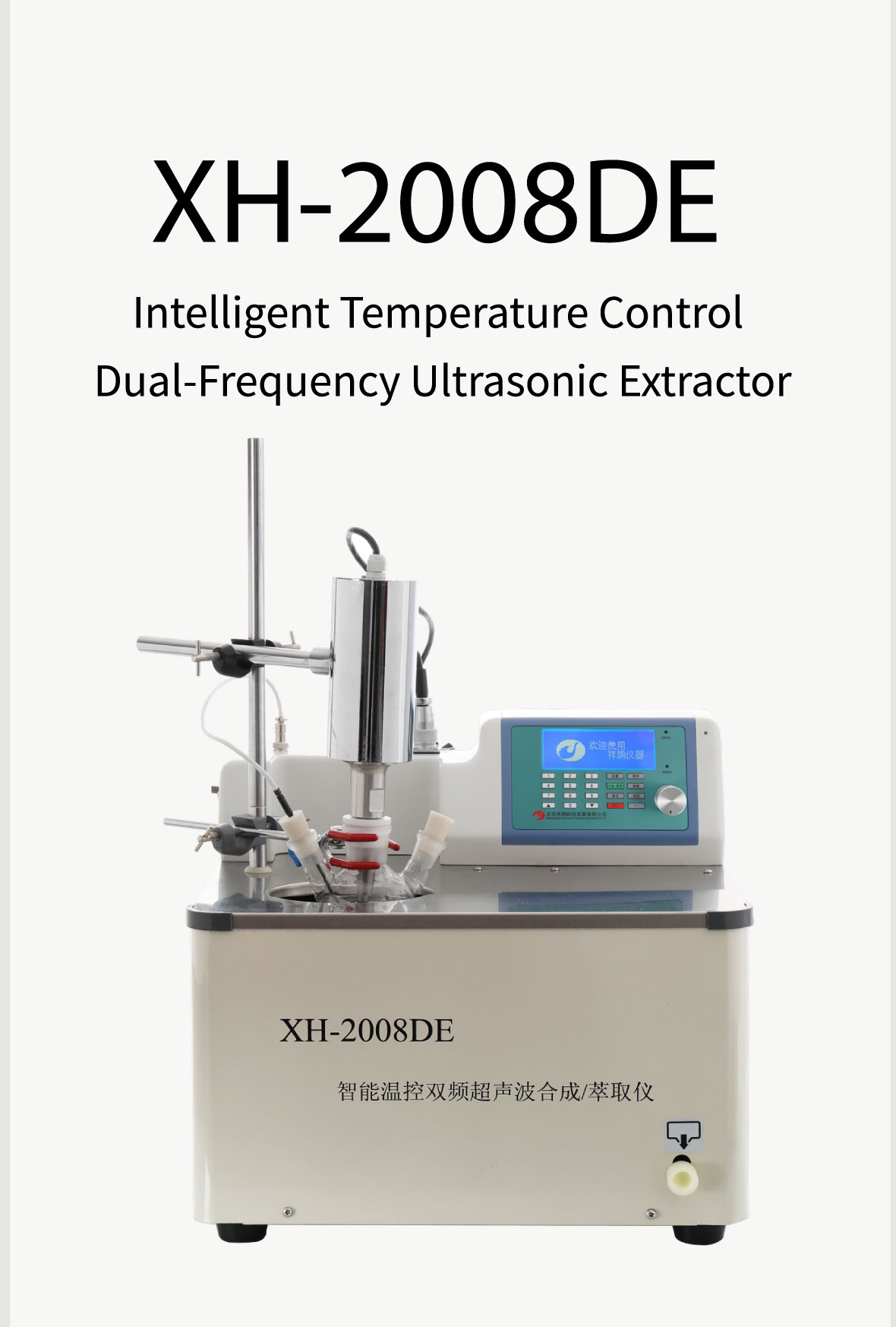



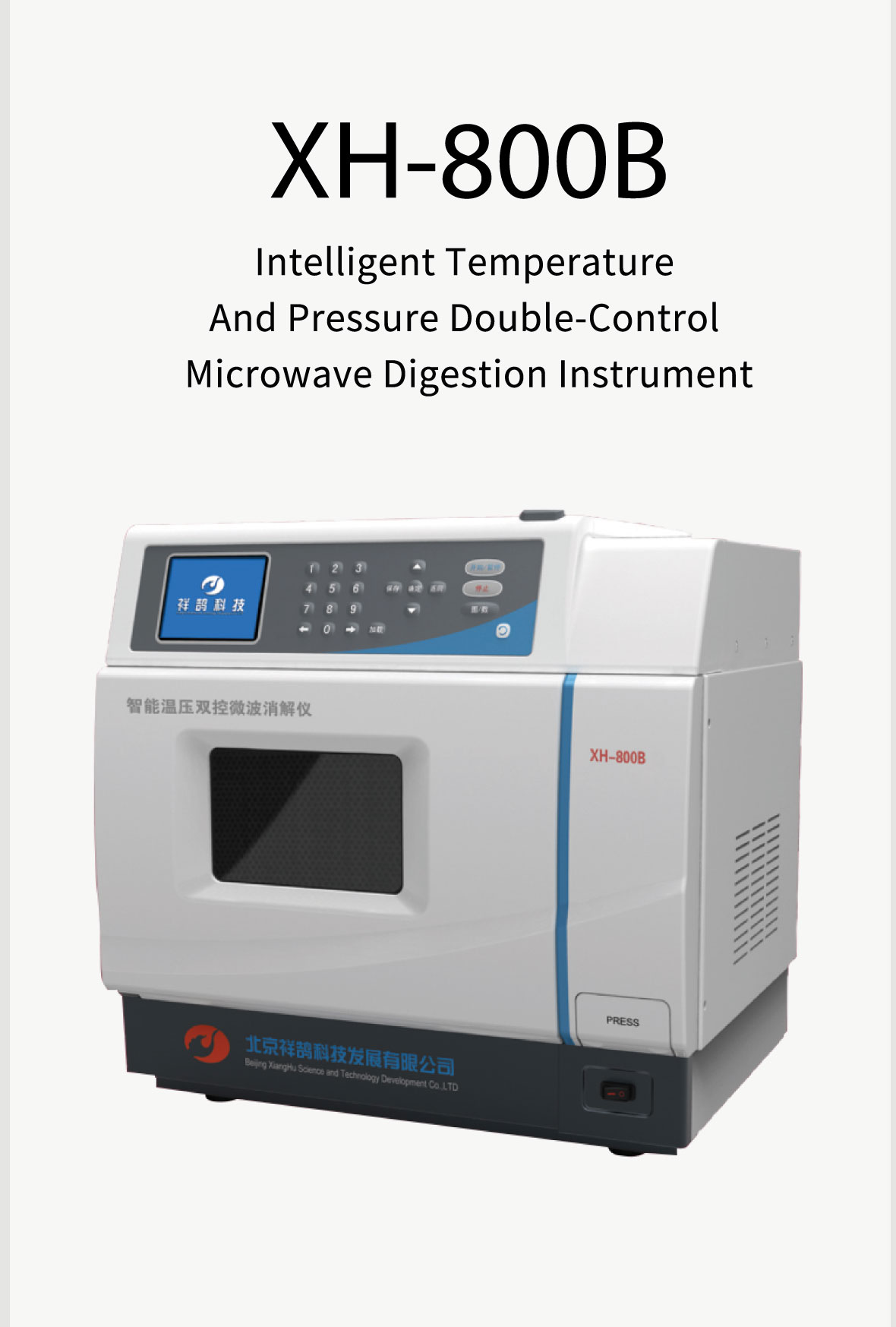

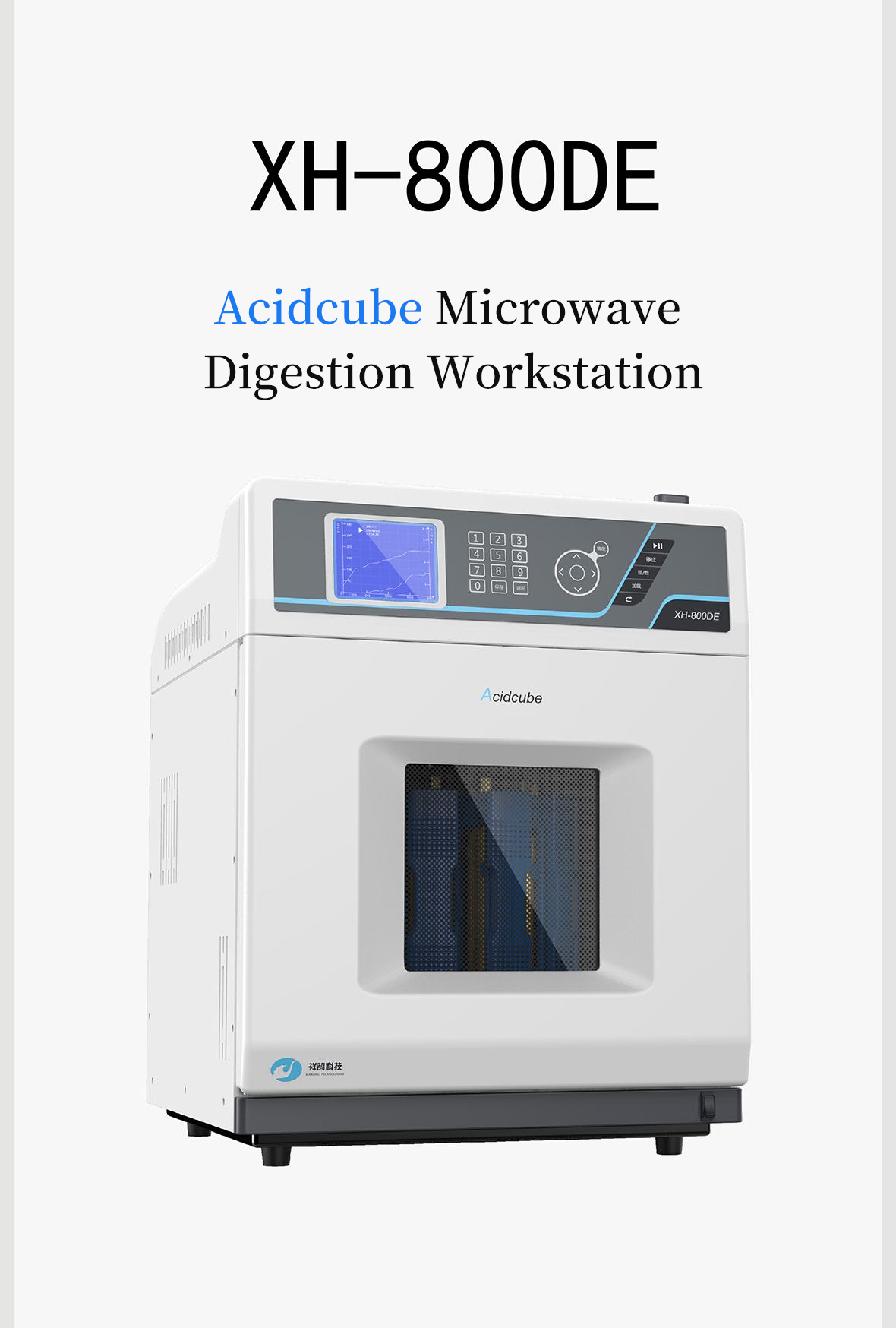

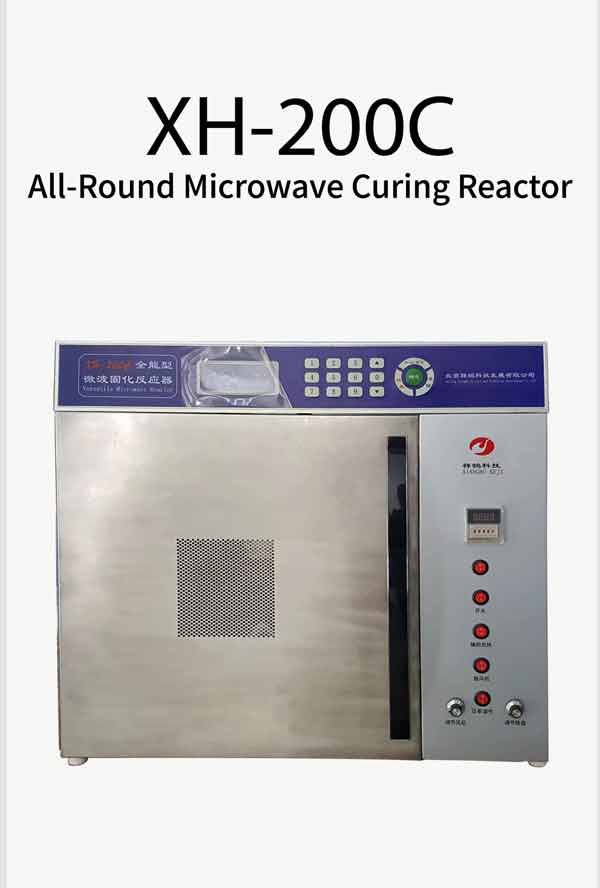
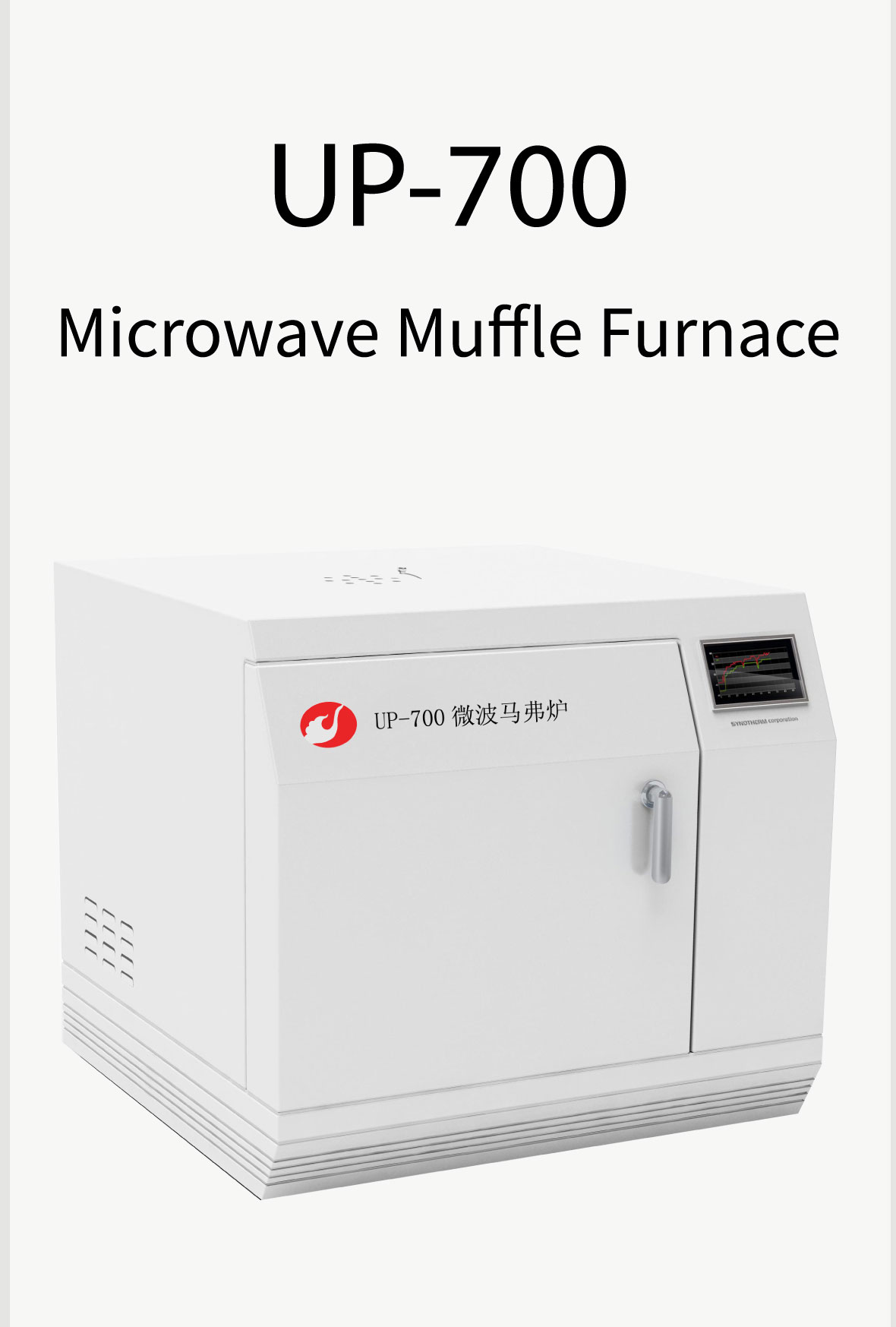

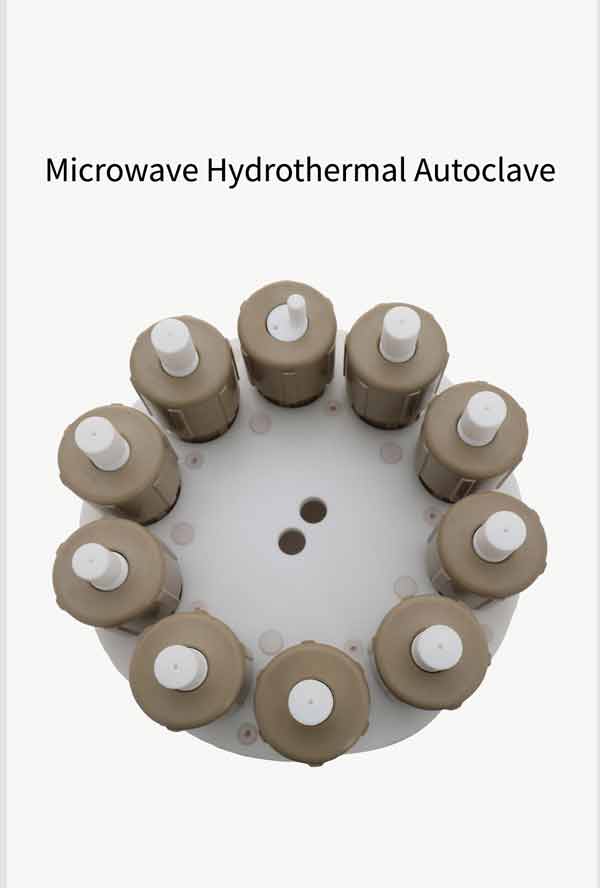

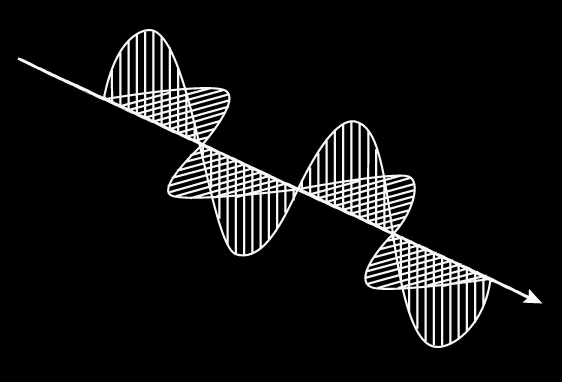

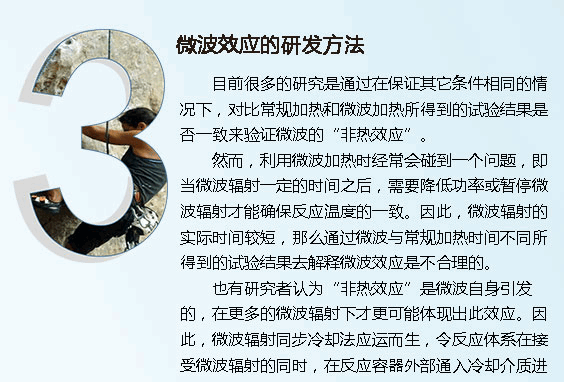
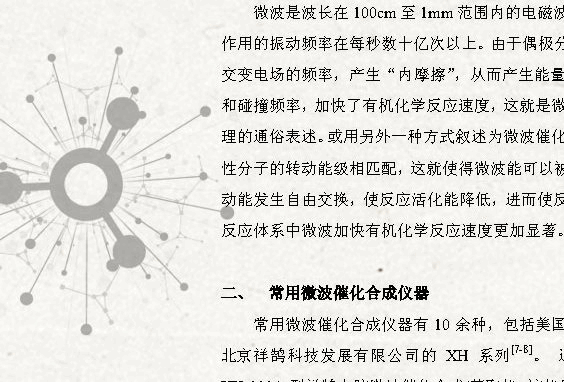

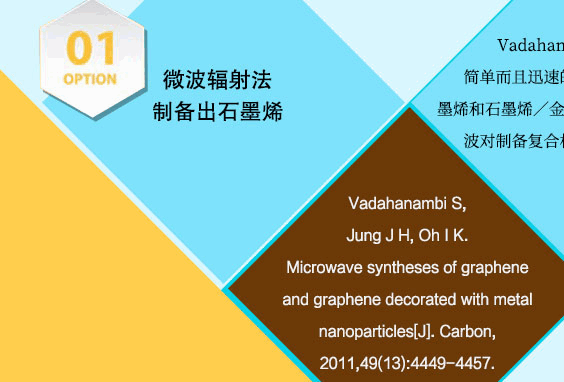



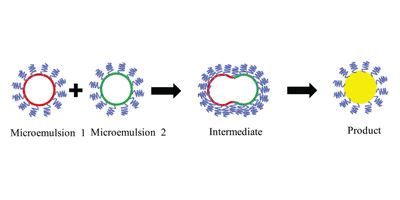
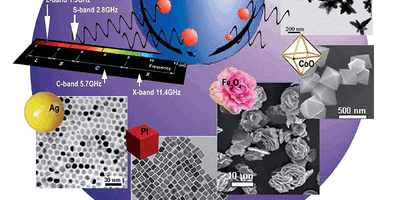
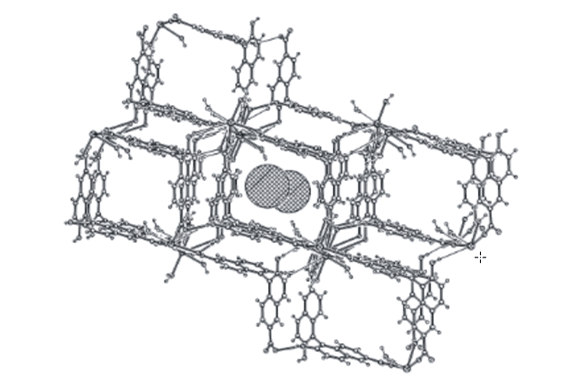
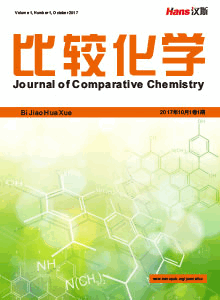
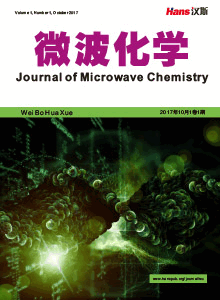
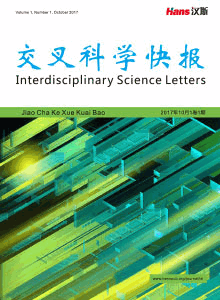




 京ICP备15050585号
京ICP备15050585号

